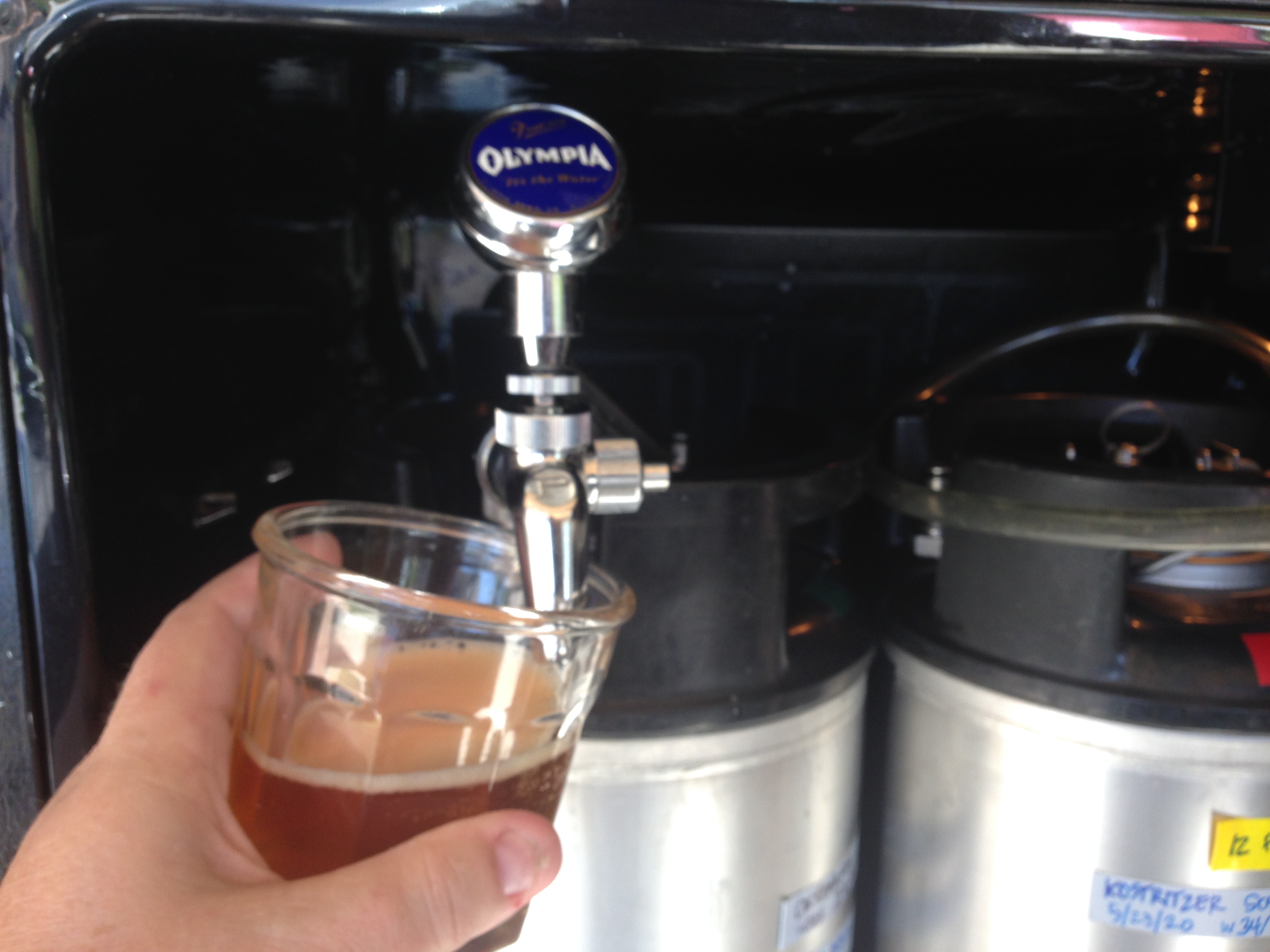Hi guys,
A couple weeks ago I brewed my second batch of beer. Having used S-05 for my previous IPA I wanted to make an Octoberfest ale using Safale S-04. And this lead to my mistake (read: high flocculation yeast).
Recipe details:
Batch size: 5.5 Gal
Grains:
5.5# Pilsner
5.5# Vienna
2# Munich
0.5# Carared
0.5# Crystal 150
mash 90min at 154F
Hops:
1oz Tettnanger at 30min
0.5oz Tettnanger at 60min
0.5oz Tettnanger at 75min
Total boil 90min
Yeast:
Safale S-04
My OG was 1.062 and everything started out fine and I took a gravity reading at 1week and it read 1.021. One week later I took another one under the assumption that it would be done but it still read 1.020 and it tasted really sweet. Not knowing better I assumed my yeast had died, racked to another bucket, and sprinkled a new pack of S-04 on top... I now know I should have read this forum before doing this because it later became obvious to me that fermentation had probably stopped because the yeast had flocculated so much. This hypothesis was strengthened by the fact that the taste test I had in a glass (which had some visible yeast in it) started to taste less sweet after a couple of hours.
So now a few days later I have a sweet, 1.020, beer with a small amount of yeast on the bottom and I want to get some input before I take more drastic measures (i.e pitching S-05 or Premier Classique with starter) to get it to my expected FG of 1.015.
Am I overthinking it? Should I just bottle? Any advice is greatly appreciated. Thanks in advance!
A couple weeks ago I brewed my second batch of beer. Having used S-05 for my previous IPA I wanted to make an Octoberfest ale using Safale S-04. And this lead to my mistake (read: high flocculation yeast).
Recipe details:
Batch size: 5.5 Gal
Grains:
5.5# Pilsner
5.5# Vienna
2# Munich
0.5# Carared
0.5# Crystal 150
mash 90min at 154F
Hops:
1oz Tettnanger at 30min
0.5oz Tettnanger at 60min
0.5oz Tettnanger at 75min
Total boil 90min
Yeast:
Safale S-04
My OG was 1.062 and everything started out fine and I took a gravity reading at 1week and it read 1.021. One week later I took another one under the assumption that it would be done but it still read 1.020 and it tasted really sweet. Not knowing better I assumed my yeast had died, racked to another bucket, and sprinkled a new pack of S-04 on top... I now know I should have read this forum before doing this because it later became obvious to me that fermentation had probably stopped because the yeast had flocculated so much. This hypothesis was strengthened by the fact that the taste test I had in a glass (which had some visible yeast in it) started to taste less sweet after a couple of hours.
So now a few days later I have a sweet, 1.020, beer with a small amount of yeast on the bottom and I want to get some input before I take more drastic measures (i.e pitching S-05 or Premier Classique with starter) to get it to my expected FG of 1.015.
Am I overthinking it? Should I just bottle? Any advice is greatly appreciated. Thanks in advance!



